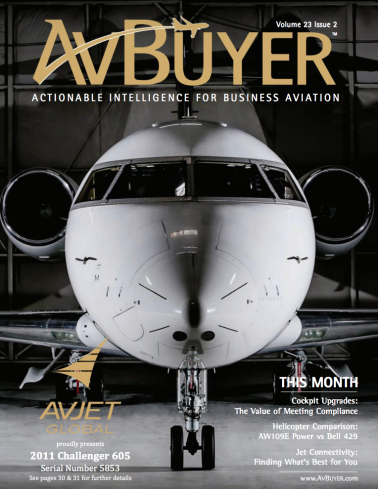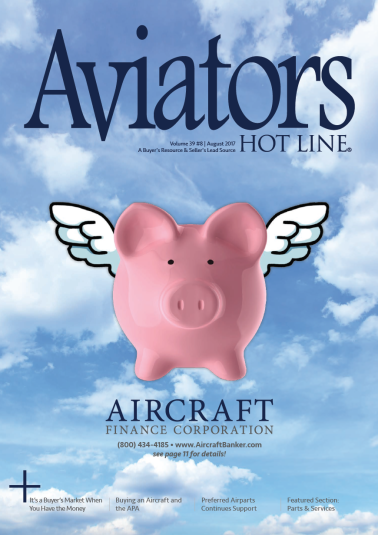Downloads
Glossary of Terms
Air Charter
Act of renting or leasing a jet or plane for transport of cargo or passengers.
Aircraft
A machine used for flight which gains lift or support from the air.
Airway Distance
Actual distance flown by the aircraft between two points (as opposed to straight line). Calculated after deviations required by Air Traffic Control and navigation along published routes.
Base
Base of operations or a HUB for an airline. The base leg is also one of the many words describing the approach segments.
Bombardier
A family of business jets.
Business Jet Charter
An aircraft that is chartered for the purpose or use in business transportation.
Carbon Emissions
The principal greenhouse gas emission. Carbon is largely thought to be the most dangerous greenhouse gas.
Ceiling
Height above ground or water level of the base of the lowest layer of cloud, below 20,000 feet, covering more than half of the sky. The absolute ceiling is the highest altitude at which the aircraft can maintain level flight.
Clearance
Authorization given by ATC to proceed as requested or instructed (for example: “Cleared for take-off”, “Cleared for visual approach”).
Controlled Airspace
Defined airspace where Air Traffic Control service is provided to IFR flights and to VFR flights.
Crosswinds
Winds blowing perpendicular or not parallel to the runway or the aircrafts flight path.
Density Altitude
Pressure altitude (as indicated by the altimeter) corrected for air temperature.
Downwind
One of the many words describing the approach segments.
Empty Legs
A re-positioning flight where the aircraft is flying empty. Chartering an empty leg can cost significantly less than a full-price charter.
Final
Final Approach. One of the many words describing the approach segments. The part of a landing sequence or aerodrome circuit procedure in which the aircraft has made its final turn and is inbound to the active runway.
Flight Plan
Filed with an Air Traffic Control Facility a flight plan is the specific information regarding the flight or intended flight of an aircraft.
Fuselage
An aircraft’s main body structure housing the flight crew, passengers, and cargo.
General Aviation
An aircraft’s main body structure housing the flight crew, passengers, and cargo.
Ground Speed
The speed of an aircraft relative to the surface of the earth.
Jet Airliner
An airliner that uses jet engine propulsion. Capable of efficiently functioning at a high altitudes and high speeds.
Jet Engine
An internal combustion air-breathing duct engine.
Layover
A rest stop away from home base for the aircraft and crew in the middle of a flight.
LROPS
Long Range Operational Performance Standards. Certification intended to replace ETOPS as it would include all types of aircraft (not just twin-engine).
Mach Number
Ratio of true airspeed to the speed of sound. Mach 1 is the speed of sound at sea level. Its value is approximately 760 mph.
MTOW
Maximum Take-Off Weight.
NARA
National Aircraft Resale Association.
NM
Nautical Miles.
One-ways
The air charter of an aircraft for a particular leg of an existing air charter itinerary.
Pax
Passengers.
Ramp
The hard-surfaced space in front of an FBO or terminal facility, used for deplaning, parking of aircraft, etc.
Revenue Flight
Any flight that generates revenue for the operator. i.e. not a positioning, crew training or maintenance flight.
Sector
Segment involving a take-off and landing (for example: a London-Bangkok-Sydney flight contains two sectors).
Stage Length
The distance of the air charter client’s itinerary.
STOL
Short Take-Off and Landing.
Tail Number
The airplane’s registration number.
TAS
True Airspeed. Rectified airspeed corrected for altitude and outside air temperature.
Touchdown
Synonym of landing. May also refer to a stopover that does not involve a change of aircraft or flight.
Upwind
One of the many words describing the approach segments.
Wait Time
The time the aircraft is waiting on the tarmac for the departure of its next leg of the itinerary.
Waypoint
Reference point used for navigation, usually indicated by latitude and longitude and sometimes altitude and typically used for GPS and INS navigation.
Winglet
Used to improve fuel economy; a small rudder-like addition placed on the tips of a wing used to stabilize, control or employ air movement, thereby increasing fuel economy.







